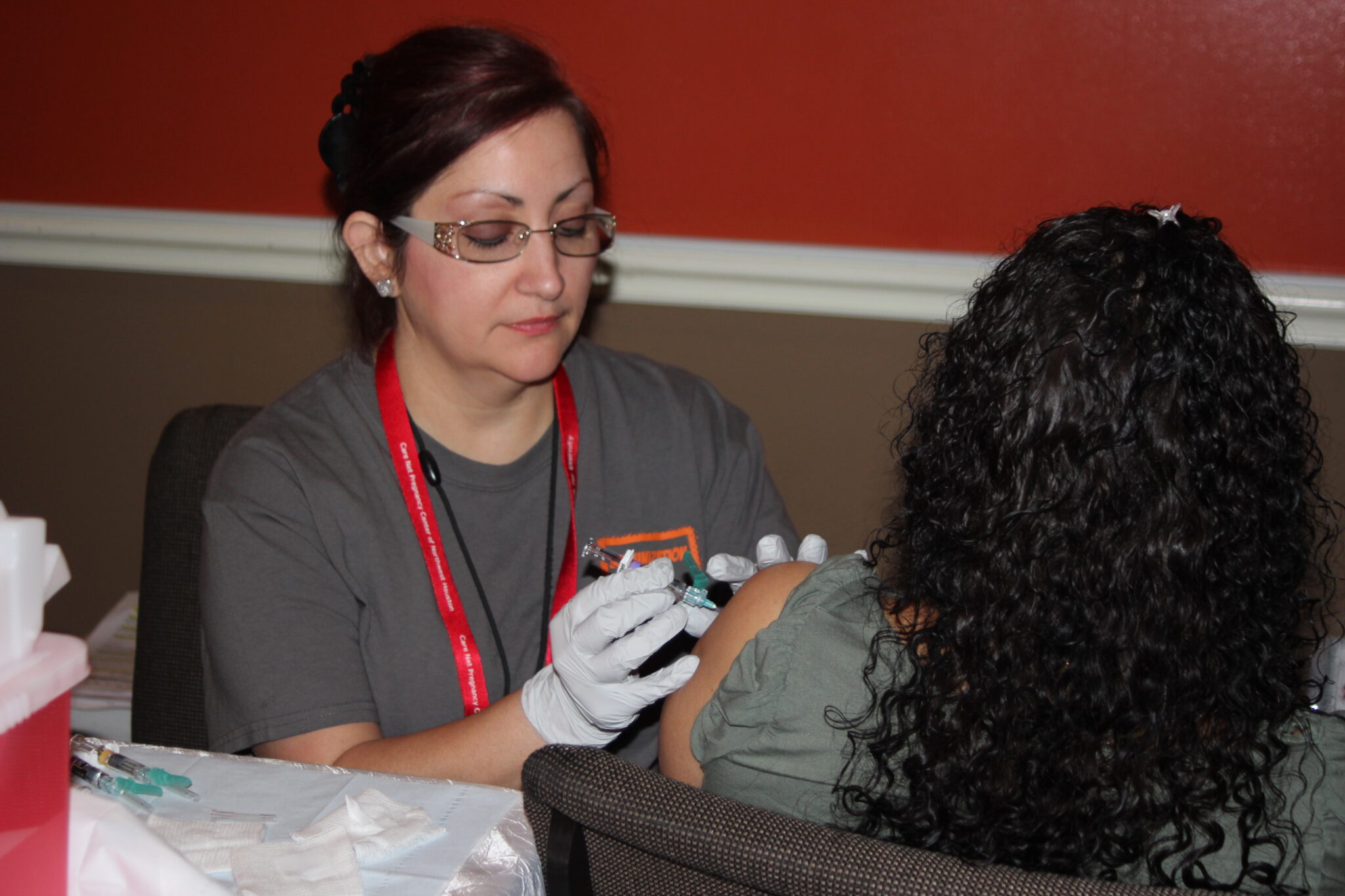June 7, 2019
Urge your senators to raise the smoking age to 21
![[megaphones]](https://www.preventcancer.org/wp-content/uploads/2019/05/megaphone-2374502_1280.png)
The bills prohibit the commercial sale of all tobacco products to anyone under the age of 21 and enhances the authority of the Food and Drug Administration (FDA) to conduct regular compliance checks and assess penalties against companies for violations. There are no exemptions from the commercial sales bans.
The McConnell-Kaine bill adds an additional requirement for states to enact their own bills or risk losing federal funds to treat substance abuse. While the state engagement is commendable, there is a concern that tobacco companies would lobby to add special interests that would make the bills harder to pass, such as adding an amendment barring local governments from prohibiting the sale of flavored tobacco.
Smoking continues to be the leading cause of preventable death in the United States and is a significant cause of rising health care costs across the country. The Prevent Cancer Foundation® commends the senators for the introduction of these bills.
Urge your Senators to raise the smoking age!
NIH reports on cancer trends for young and middle-aged adults
![[microscope]](https://www.preventcancer.org/wp-content/uploads/2019/01/microscope-275984_400x400.jpg)
From 2012-2016, death rates dropped annually by 2.3% and 1.7% overall in men and women aged 20-49, respectively. Black men and women had the highest death rates of all minorities, for all cancer sites combined. The most common deaths were from colorectal, lung and brain cancer for men and breast, lung and colorectal cancer in women.
Within the most common subtypes, several other trends in cancer-related deaths emerged:
- Colorectal: 1.7% increase in men, 1% increase in women
- Lung and bronchus: 6.65% decrease in men, 9.2% decrease in women
- Breast: 1.9% decrease in women
- Brain: remained stable
The report also addresses trends in incidence rates. According to the NIH, “Among men age 20–49 years, cancer rates increased an average of 0.6% per year during 1999 to 2008 and decreased an average of 0.7% per year during 2008 to 2015. For women in the same age group, rates increased an average of 1.1% per year during 1999 to 2009, were stable from 2009 to 2012, then increased 1.8% per year during 2012 to 2015.”
To learn more about cancer trends in this age group, view the whole report.
New research shows ACA linked to reduced racial disparities, earlier diagnosis in cancer care

In another study, researchers found that ovarian cancer—which is often fatal due to late diagnosis—was being diagnosed earlier and more women were seeking treatment within 30 days of diagnosis after the ACA was implemented.
Researchers not involved in the study said that while care has improved, the study highlights another growing disparity between states that expanded Medicaid and those that did not. Otis Brawley, an oncologist from Johns Hopkins, said, “We are moving from black-white disparities to Massachusetts versus Mississippi disparities.”
Read more about the studies here.
Trump administration considers executive order on transparency in drug pricing

Both democrats and republicans have tried to increase transparency in the health care system, so it is unclear how the executive order will be received on the Hill. The order is expected in mid-June, but will not have an immediate effect until agencies are able to rewrite rules to adjust to the goals outlined by the president.
We will continue to monitor the situation as it develops and keep you informed of any changes.

